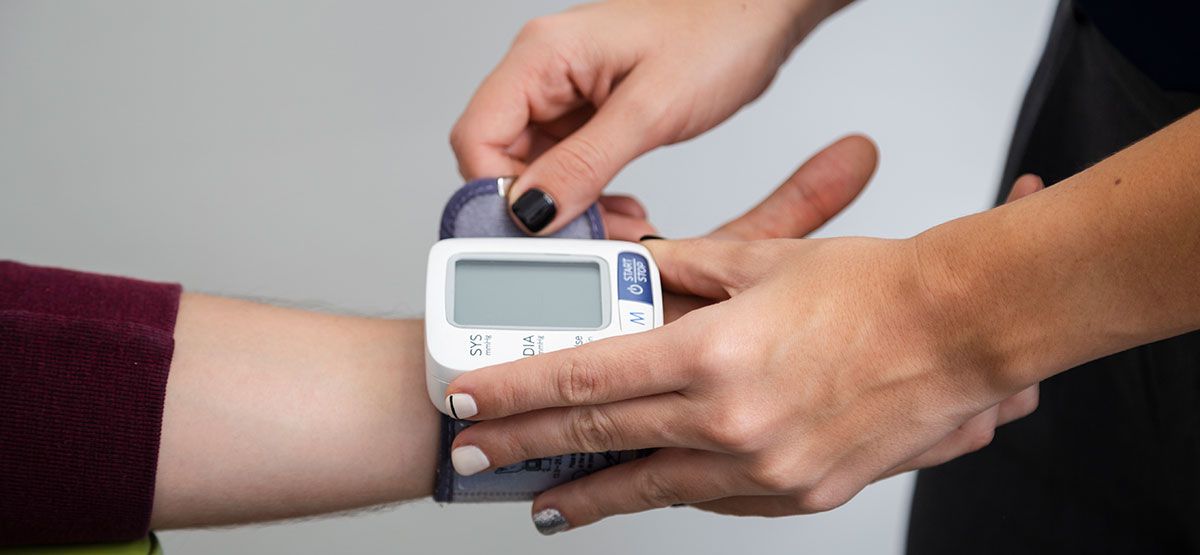
eIFU Requirements Under the EU MDR and Regulation 2021/2226
What is an eIFU?
In general, an eIFU is defined as a non-paper version of the instructions for use. Currently, the definition of an eIFU is not the same in each market.
In the EU, according to the Commission Implementing Regulation EU 2021/2226, which laid down rules for the application of Regulation (EU) 2017/745 of the European Parliament and of the Council in regards to electronic instructions for use of medical devices, instructions for use in electronic format means “instructions for use displayed in electronic form by the device, contained in portable electronic storage media supplied by the manufacturer together with the device, or made available through software or website.”
European eLabeling regulation 2021/2226
The Medical Device Regulation (MDR) introduces a comprehensive framework that integrates multiple electronic instructions for use (eIFU) requirements, further supplemented by Implementing Regulation (EU) 2021/2226, the successor to Commission Regulation (EU) 207/2012.
Requirements for the use of electronic instructions for use as per regulation (EU) 2021/2226
According to Implementing Regulation (EU) 2021/2226, instructions for use may be provided electronically (eIFU) instead of on paper if certain conditions are met:
- The device should fall into a specific class, as mentioned below:
- Implantable and active implantable medical devices and their accessories
- Fixed installed medical devices and their accessories
- Medical devices and their accessories fitted with a built-in system visually displaying the instructions for use (e.g., ultrasound equipment)
- The devices and accessories are intended for exclusive use by professional users
- The use by other people is not reasonably foreseeable
- For software, manufacturers may provide eIFUs within the software itself.
Manufacturers of Medical devices that provide instructions for use in electronic form to users instead of in paper form shall undertake a documented risk assessment which shall cover at least the following elements:
- Knowledge and experience of the intended users in particular regarding the use of the device and user needs;
- Characteristics of the environment in which the device will be used;
- knowledge and experience of the intended user of the hardware and software needed to display the instructions for use in electronic form;
- Access of the user to the reasonably foreseeable electronic resources needed at the time of use;
- Performance of safeguards to ensure that the electronic data and content are protected from tampering;
- Safety and backup mechanisms in the event of a hardware or software fault, particularly if the instructions for use in electronic form are integrated within the device;
- Foreseeable medical emergency situations requiring the provision of information in paper form;
- Impact caused by the temporary unavailability of the specific website, of the internet in general, or of their access in the healthcare institution, as well as the safety measures available to cope with such a situation;
- Evaluation of the period within which the instructions for use shall be provided in paper form at the user’s request;
- Assessment of the website’s compatibility with displaying the electronic instructions for use with different devices that could be used to display those instructions;
- Management of different versions of the instructions for use, where applicable
Factors to consider when switching to an electronic IFU for your medical device
1. Risk assessment
eIFU must maintain or improve the level of safety compared to providing a paper IFU. Your risk assessment needs to examine this carefully. For instance, if your device is sometimes used by nurses or doctors in rural locations where the internet may be spotty, what additional risks might that present? You will need to update your risk management procedures and forms to account for this.
2. Product packaging
The location of the eIFU must be indicated on the packaging for each unit or, in the case of fixed devices, on the device itself. For obvious reasons, you cannot simply place PDFs of your IFU on your website and assume professional users will know to look there. The Regulation makes it clear that your packaging must clearly specify that the IFU is in electronic format and where it can be found. Except for software and devices with screens, the IFU may reside on a website, and its location may be communicated via a website URL or QR code. If you choose the latter, make sure you document the pros and cons of using QR codes in your risk assessment and update your labeling work instructions as needed.
3. Validation
Ensure the user’s access is precise by having accurate product data in real-time and a solution for delivering the information in the user’s preferred language.
4. Method of delivery
If you make software as a medical device (SaMD) or a device with a larger display screen, the method of delivery may be the device itself. For all other devices, device manufacturers will most likely deliver IFUs via their website. This fulfills a key requirement that the information be provided in a universally available format (thumb drives and DVDs are no longer universal). The preamble of the new eIFU regulation says, “To ensure unconditional access to the instructions for use in electronic form and to facilitate the communication of updates, those instructions should be available on the website of the manufacturer in an official language of the Union determined by the Member State in which the device is made available to the user or patient.” This does not mean you cannot deliver your eIFU on a private YouTube channel, for example.
5. Paper version
There are professionals out there who prefer paper-based instructions, or (it is true) might not have reliable internet access. It is EU law to have paper IFUs, with the exception of some devices. If a paper-based option is required, you are obligated to provide a paper version within seven calendar days of the request at no cost. In cases where video or animation is not used, the eIFU may simply be a printed copy of the PDF you maintain online. Make sure to update your labeling SOP with this requirement.
6. Online security
Making your IFU available online is easy. Ensuring that it does not accidentally get removed or replaced is not possible. You will need to put procedures in place to ensure that your sales and marketing departments do not change the URL, delete old versions, or otherwise change the document. You should really think of the master IFU web page(s) as controlled documents, not just the IFU itself.
7. Archival procedures
For devices without a defined expiration date, your IFU needs to be maintained for 15 years after the last device has been placed on the market. For devices with an expiration date, this changes to 10 years. You also need to have a system for indicating when changes have been made (change control) and a way to inform each user if the change was made for safety reasons. Finally, all historical versions of the IFU must be made available on the website.
8. Privacy policy
Europe has one of the strictest online privacy laws in the world, known simply as the GDPR (General Data Protection Regulation 2016/679). If you will be asking the user to provide their name and/or email, or if your website has cookies enabled (most do), you will need to make sure you are following the GDPR.
Advantages of eIFU over paper-based instructions:
- Enhanced accessibility: considering the high internet coverage, electronic instructions can be accessed digitally and consulted anywhere, providing easier search and navigation and greater flexibility.
- Real-time updates: eIFU allows for immediate updates and revisions, ensuring that users always have the latest information about the product they are using. This is crucial for patient safety and optimal device utilization.
- User-friendly interfaces: Electronic formats enable the incorporation of multimedia elements, such as videos and interactive features, enhancing the clarity and effectiveness of instructions.
- Increased efficiency in MDR implementation: electronic formats facilitate the inclusion of multiple languages and therefore contribute to reducing the risk of shortages of medical devices and improving the overall availability of these devices, especially in a multilingual context like the European Union.
- Cost efficiency: Over time, the implementation of eIFU can lead to cost savings for both manufacturers and healthcare institutions, as the need for printing, distribution, storage, and waste management of paper IFU is significantly reduced.
- Environmentally sustainable: The transition to eIFU aligns with broader efforts to reduce paper usage, contributing to environmental sustainability and supporting the EU Green Deal.
Going forward, manufacturers seeking to sell their products in the European market must comply with the EU eIFU regulations. Adhering to these regulations will provide greater flexibility and reduce the risk of product recalls related to IFUs. If you are in the process of updating your device labels and preparing eIFUs, feel free to contact DDi for expert assistance.
Explore Topics
- Clinical Automation (8)
- Consumer Health (1)
- IRT & Clinical Supplies (16)
- Labeling (14)
- Regulations (13)
- Regulatory Automation (12)
- Regulatory Biopharma (1)
- Regulatory Content Management (5)
- Regulatory Information Management (10)
- UDI (9)
- Writing (8)
Recent Blogs
 Top Features to Look for in a …Regulatory Content Management
Top Features to Look for in a …Regulatory Content Management The Role of Content Management…Regulatory Content Management
The Role of Content Management…Regulatory Content Management How Regulatory Document Manage…Regulatory Content Management
How Regulatory Document Manage…Regulatory Content Management
Previous Post
Next Post
Related Posts


